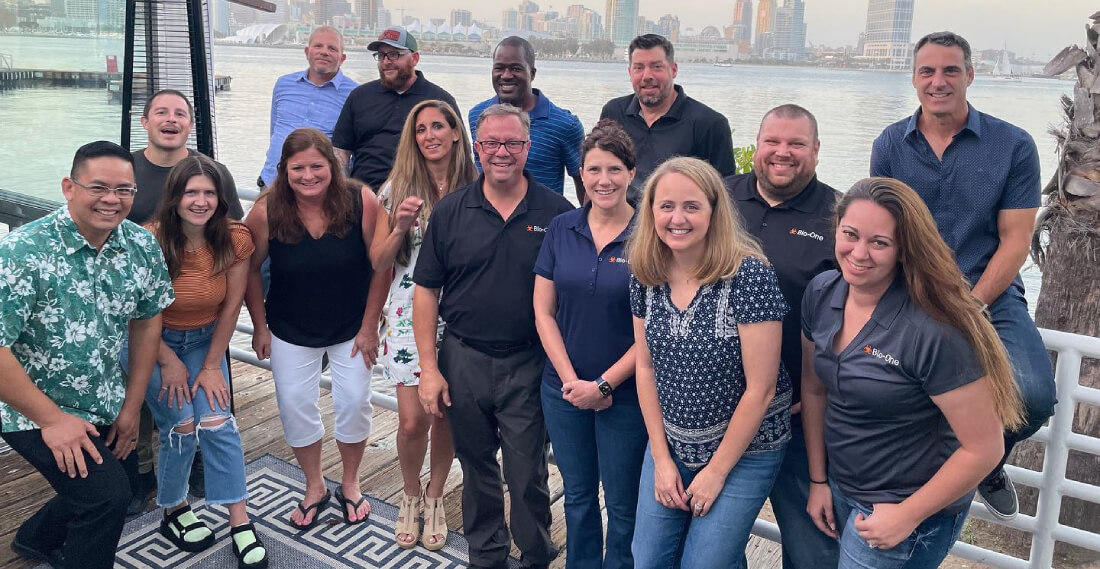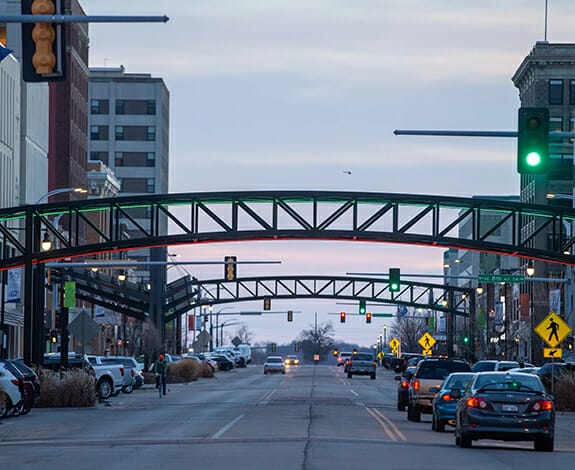Bio-One of Topeka is owned and operated locally by Travis Hansen.
Their office serves Topeka and surrounding areas.
We are passionate about serving
Topeka and the surrounding communities with compassion, diligence, and professionalism. We are available 24/7 for your
crime scene cleanup and biohazard decontamination needs.










